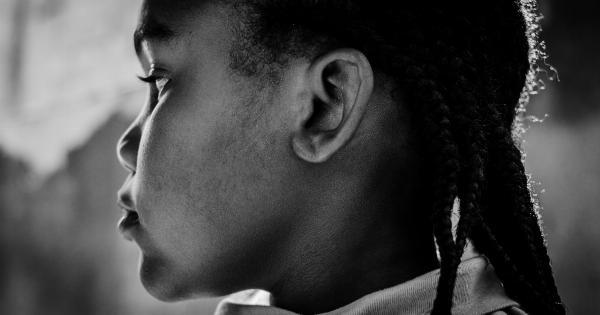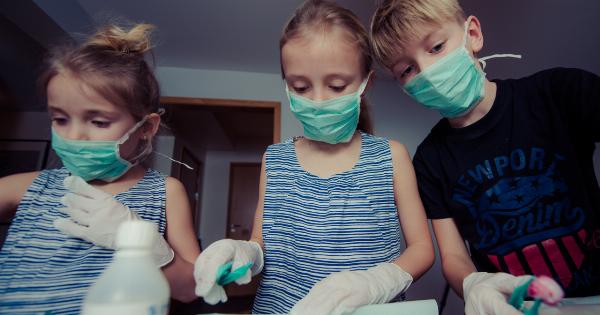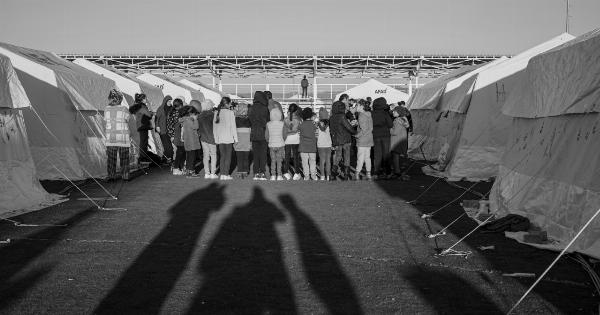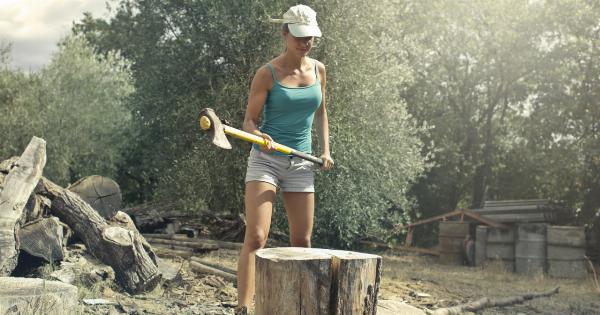The human brain is one of the most important organs in the body. It controls everything from movement to emotions. It is also one of the most delicate parts of the body, which is why head injuries are so serious.
Children are more susceptible to head injuries due to their curious and active nature. According to the Centers for Disease Control and Prevention (CDC), every year, around 630,000 children under the age of 15 are treated in emergency departments for traumatic brain injuries (TBIs).
This article will provide updated guidelines for managing child head injuries.
What are head injuries?
Head injuries occur when the skull and brain are hit by an external force. They can range from mild concussions to severe traumatic brain injuries.
The severity of head injuries is determined by the force of impact and the location of the injury in the brain. Symptoms of head injuries could include loss of consciousness, headache, confusion, nausea, vomiting, and memory loss.
Concussion Guidelines for Children
A concussion is a type of traumatic brain injury that occurs when the brain is jolted inside the skull. The brain can hit the skull, causing a bruise or bleeding.
According to the CDC, children and teens are more likely to get a concussion and take longer to recover than adults. The updated concussion guidelines for children include:.
- Rest: The child should rest until the symptoms of the concussion fade away
- Avoid physical activities: The child should avoid all physical activities and sports until the doctor clears them to return
- Avoid screens: The child should avoid screens like TV, smartphones, and computers until the symptoms fade away
- Closely monitor symptoms: The child should be closely monitored for symptoms like headache, dizziness, vomiting, and sensitivity to light and sound
First Aid for Head Injuries
Head injuries can be life-threatening, and every second counts. Here are some first aid measures that you can take to help a child with head injuries:.
- Call 911: If the child is unconscious or has severe symptoms, call 911 immediately
- Stop bleeding: If there is bleeding from a head injury, put pressure on the wound using a clean cloth
- Keep the child still: If the child is conscious, lay them on their back and keep their neck and back still
- Cool compress: Put a cool compress on the child’s forehead to reduce swelling
Preventing Head Injuries in Children
There are steps parents and caregivers can take to prevent head injuries in children. Here are some tips:.
- Use helmets: Make sure the child is wearing a helmet while riding a bike, skateboard, or scooter
- Childproof the home: Make sure the house is free from any sharp corners, slippery floors, or low-hanging objects that could potentially cause a head injury
- Supervision: Always supervise the child’s activities to avoid accidents
- Education: Teach the child about the importance of safety, especially when it comes to sports and physical activities
Takeaway
Head injuries in children can be serious, but with the right guidelines and precautions, they can be prevented and treated. If your child has suffered a head injury, seek medical attention immediately.
Always follow the concussion guidelines provided by your doctor to ensure that your child fully recovers. By preventing head injuries, you can allow your child to enjoy life without the risk of a life-changing injury.




























